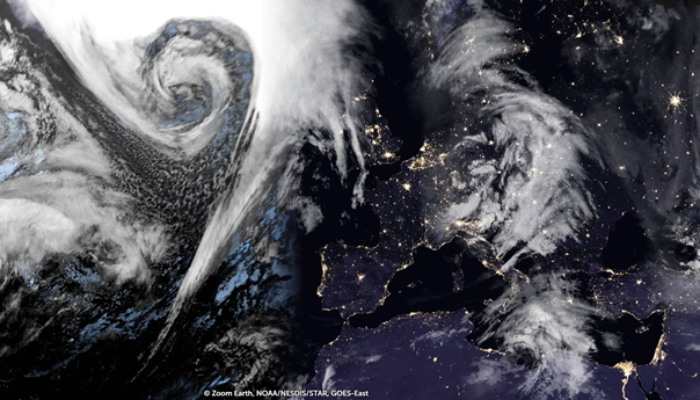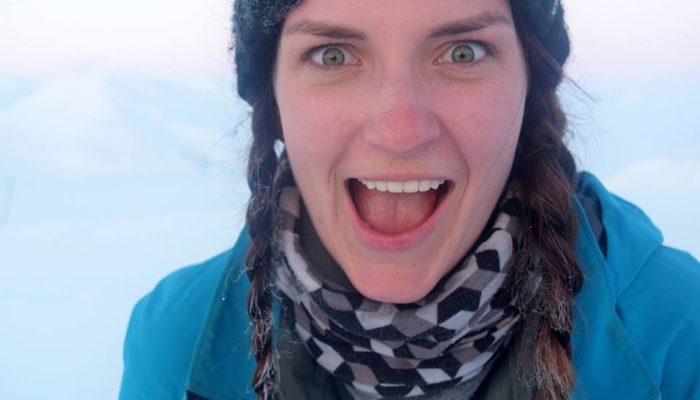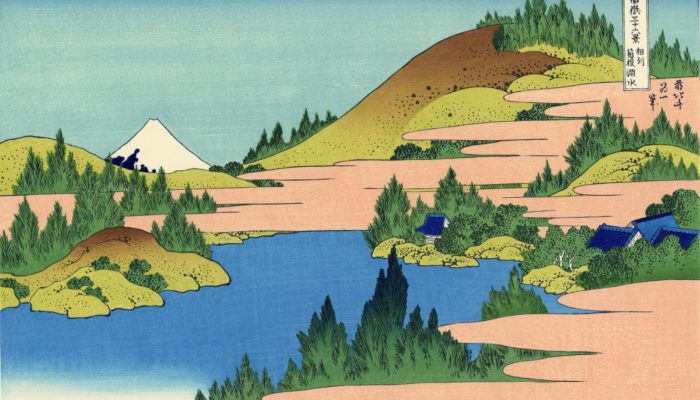On February 9th, a British Airways Boeing 747 landed in London Heathrow airport just four hours and 56 minutes after its take-off in JFK, New York, setting the shortest flight-time for non-supersonic jets over this route. The jumbo jet took advantage of the fast upper-tropospheric winds associated with an exceptionally strong jet-stream which created tail winds of about 400km/h. Over the United Ki ...[Read More]
Seismology
Early Career Scientist representative? You might be the next one!
Why Early Career Scientist (ECS) representatives? The EGU SM division tackles cutting-edge research topics covering a large variety of basic and applied scientific fields in the context of both natural resources and natural hazards. The EGU SM division is a space where one can discuss a wide range of scientific questions and their societal impact. To engage in a forward-looking discussion and stre ...[Read More]
Cryospheric Sciences
An interview with Jean Holloway on the importance of mental health in graduate school
Recent studies have shown that mental health conditions are far more common in graduate students than in the general public (e.g. Bolotnyy et al., 2020). Despite the prevalence, these issues are not something that are often openly discussed, and graduate students often don’t seek treatment. This week, we are interviewing Jean Holloway who aims to shed some light on her personal experience with som ...[Read More]
Geodynamics
The Sassy Scientist – Science Sweethearts III
Athena is torn between desire and duty, and asks: What is your opinion on workplace romances? Dear Athena, Following the overwhelming success of the last two posts on workplace romance, this Valentine’s Day has prompted a return to the magic of poetry to answer this question. In the form of the villanelle this time. No, not the beloved character from the tv show or the novella series, but th ...[Read More]
Seismology
Imaging volcanic perturbations induced by large earthquakes
In a study recently published in Nature Communications [1], an international team led by researchers from the Institut de physique du globe de Paris (IPGP) has sought to better understand how the 2011 Tohoku-Oki mega-earthquake in Japan disrupted volcanic regions, by monitoring the seismic anisotropy in these regions before and after the earthquake. What is seismic anisotropy? A seismic wav ...[Read More]
Tectonics and Structural Geology
How to reduce your carbon footprint when attending EGU’s General Assembly
In October 2019, an open letter was published, addressing both EGU and AGU regarding their policy to reduce the carbon footprint of their annual conferences. Almost 2000 scientists already signed this letter, asking for more ambitious measures to decline carbon emissions, in line with the goals of 50% reduction by 2030 and near-zero emissions by 2050 (IPCC SR15, 2018). Some of the proposed improve ...[Read More]
Geodynamics
post-AGU blues
Under the motto Better Late than Never, in today’s blog post we look back at the AGU 2019 Fall Meeting 2019. Last December (9-13th December) the AGU 2019 Fall Meeting took place during which Earth and Space scientists from all over the world gathered in San Francisco in the pursuit of high-quality science and a more sustainable future, through worthy discussions and networking. Whilst the pr ...[Read More]
Soil System Sciences
The present and future of soil conservation in Europe
Soil is a fragile and finite natural resource that must be carefully managed and protected to ensure future food and fiber provision as well as delivery of many other ecosystem services such as water purification or flood regulation [1]. Soil health and preservation at global scales has been receiving increasing attention, for example, in discussions at the 2019 UN climate conference, COP25 in Mad ...[Read More]
Natural Hazards
The Italian catalogue of earthquake-induced ground failures: saving the past for the future seismic hazard assessment #CEDIT
The Italian Catalogue of Earthquake-Induced Ground Failures (CEDIT) is a database available online since January 2013 that stores data about ground failures induced by strong earthquakes, which occurred on the Italian territory since 1000 AD up to now. CEDIT is freely available on a web-GIS portal (currently the access is granted using Firefox as a web browser, the upgrade to other browsers ...[Read More]
Cryospheric Sciences
Climate Change & Cryosphere – The tropical fingerprint in Arctic climate
We know that climate change is being felt worldwide, but it is especially prominent in the Arctic, where temperatures are warming twice as fast as anywhere else on the planet. This especially sensitive environment, whose icy, snow-covered land and sea is so important in the global climate system, is really starting to feel the heat. But where is this heat coming from? In this blog post, we will ex ...[Read More]










